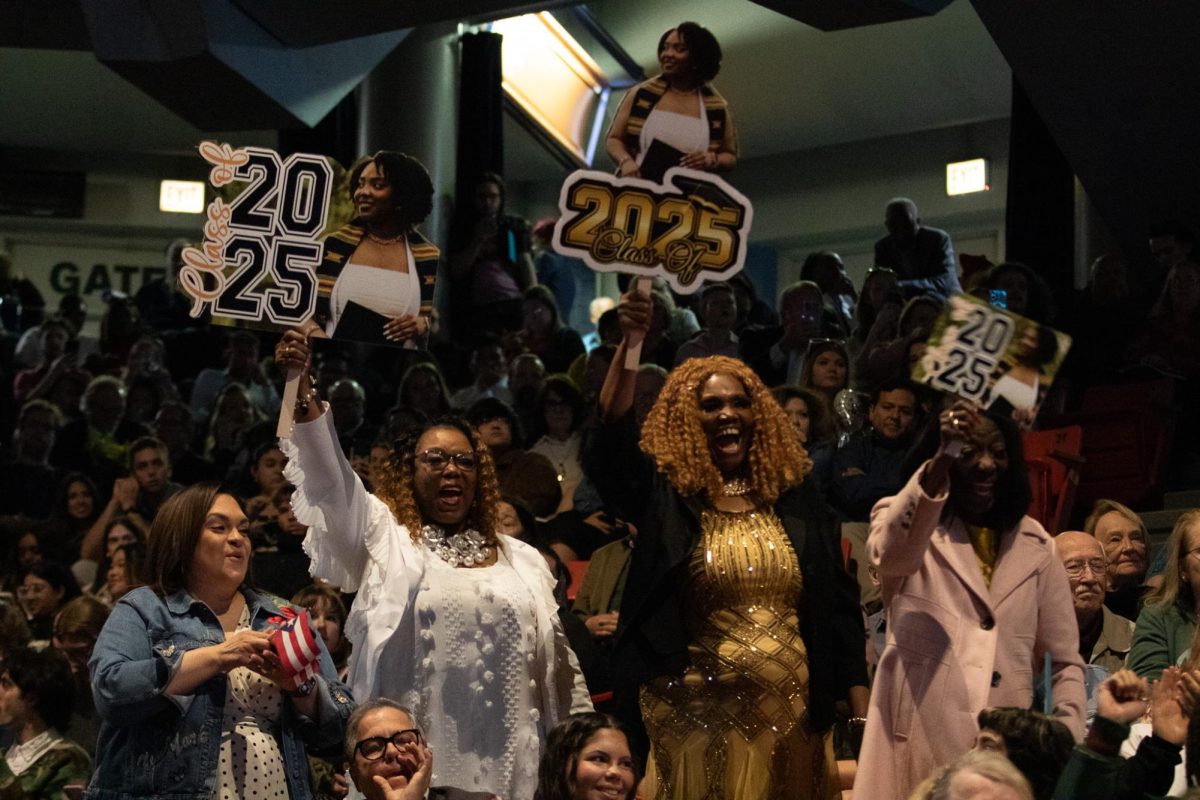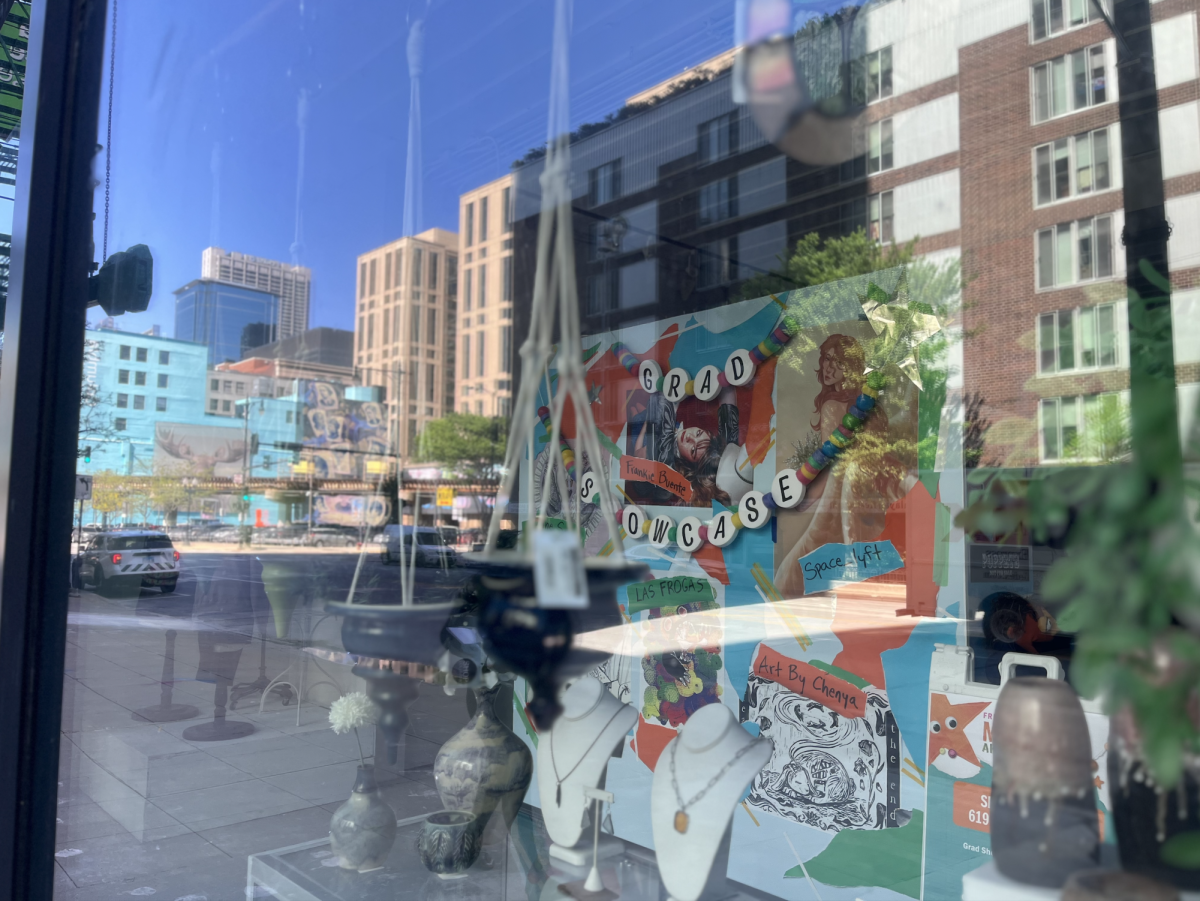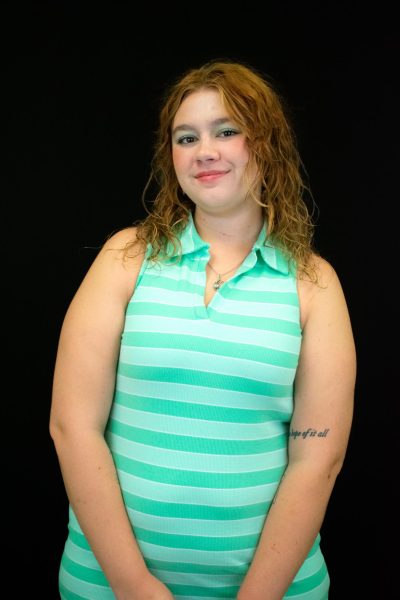More than half of the courses the college is offering this summer are online and asynchronous, a shift from previous years when more in-person options were available.
A Chronicle review of summer courses found that of 31 courses, 19 are asynchronous and one that is cross-listed with an online master’s program is web synchronous. The rest are being held in person. Study abroad, music lessons, internships and directed and independent study courses were excluded from the count. Most of the in person classes are in science and comedy.
According to Nathan Bakkum, senior associate provost, summer course offerings fluctuate depending on demand and student interest for certain courses.
“We know that students benefit from summer schedule flexibility for a number of reasons,” Bakkum said in an email. “Some may be working, traveling or spending summer outside of Chicago, and the schools have offered a larger percentage of online asynchronous courses to respond to students’ varied scheduling needs.”
Bakkum added that students like to use summer for “immersion opportunities.” The college is offering faculty-led travel courses to Osaka, Prague, the U.K. and Los Angeles.
Registration for summer courses started earlier this week. Among the web course offerings is “Advanced Topics in Media and Communication: Media, Politics and Activism” taught by Jaafar Aksikas, a professor in the School of Communication and Culture.
His class is the only web course that is synchronous, meaning that the course will be held over a Zoom. The class will take a close look at how activists use the media to push for political and social change, Aksikas said.
“Despite its many challenges, I appreciate the range of opportunities, options and resources online teaching/learning provides, which can be personalized in so many ways, especially in smaller and more advanced settings,” Aksikas said in an email.
Leslie Tuszynski, a junior film major, will be taking a required summer course to be eligible for the college’s Semester in LA program. She said summer courses are a way to stay productive and make the most of her time before the fall.
“It gives a lot more options and opportunities to students who maybe don’t have a place to go in the summer, keeps them busy and allows for more time to be on set during the fall or the spring semesters,” Tuszynski said.
Saketh Maddipati, a junior film and television major, also will take a prerequisite for Semester in LA. However, he expressed his dismay for how expensive the course is, especially considering that it will be held virtually.
“I guess if you’re kind of giving people this ultimatum to take the class, I guess you should just make it more affordable, especially with there already being costs associated with the LA class in the first place,” Maddipati said.
Most summer courses are not covered by financial aid. Summer aid packages are given out on a case by case basis and depend on the student’s financial aid package, according to the Student Financial Aid office.
After looking at the course offerings, Robin Lockhart, a junior traditional animations major, realized that there were not that many options available for her because many of them were introductory classes or prerequisites that she had already taken.
“I feel like it can be virtual, you know, like where you’re actually meeting with the teacher and everything like that, but if it’s asynchronous, I don’t feel like you’re really connecting too well with the class and like really getting what you need to know out of the class that way,” Lockhart said.
Last year, summer enrollment was the lowest in five years, as the Chronicle previously reported. In summer 2024, 353 students were enrolled across 55 course sections.
This summer, the college will host its annual Summer at Columbia program for high school students and several youth camps, “activating the campus in some other ways,” Bakkum said.
Holly Herrera, associate provost for transfer initiatives and academic partnerships, said that from 2020 through 2023, the college has welcomed 85 summer participants, and 20 of those students have gone on to enroll at Columbia, or 23.5%.
The Summer 2024 program had 25 participants, but almost all were juniors in high school, so the college may see that addition this fall, Herrera said.
Copy edited by Matt Brady









